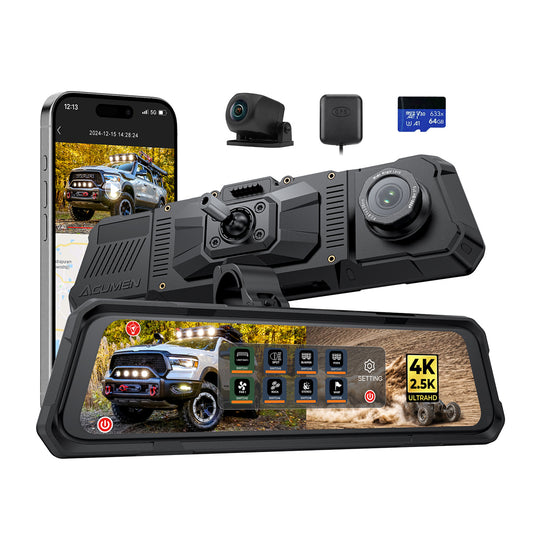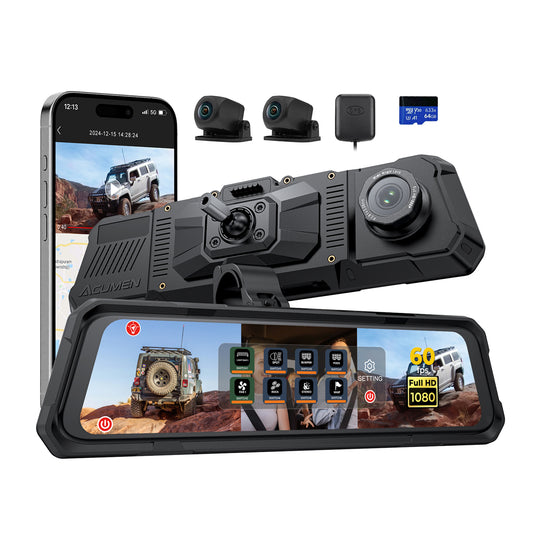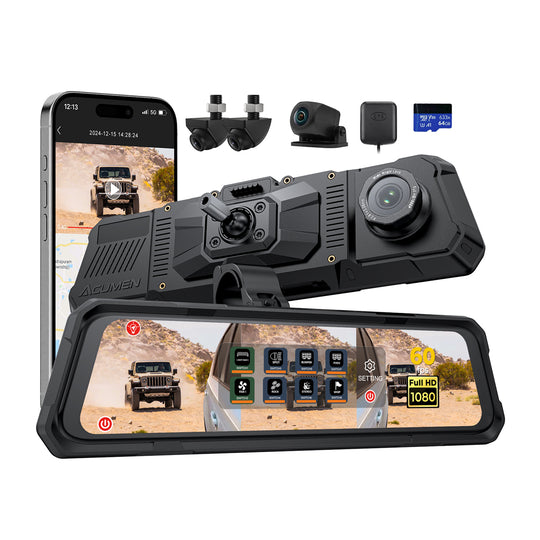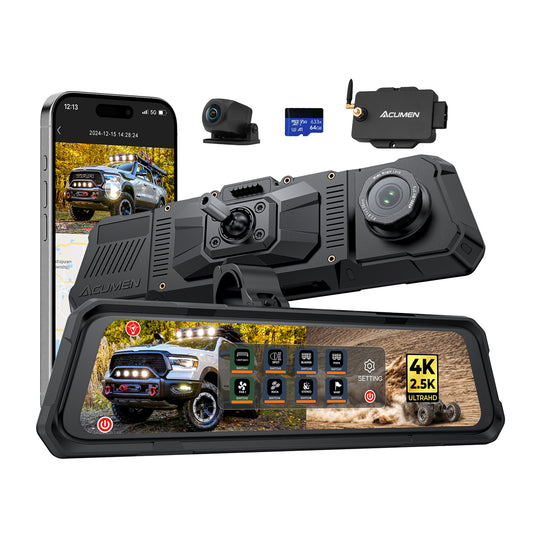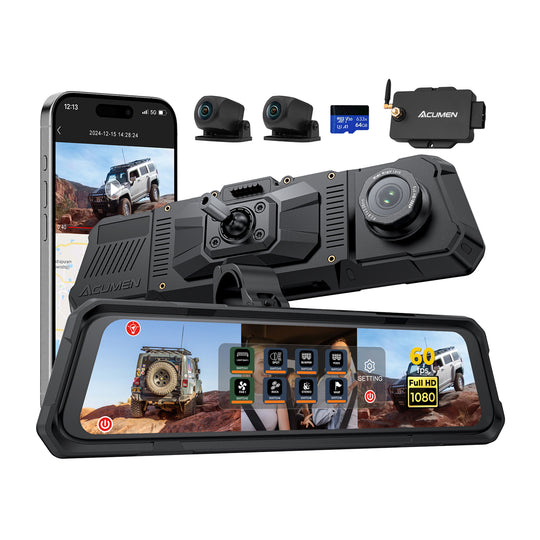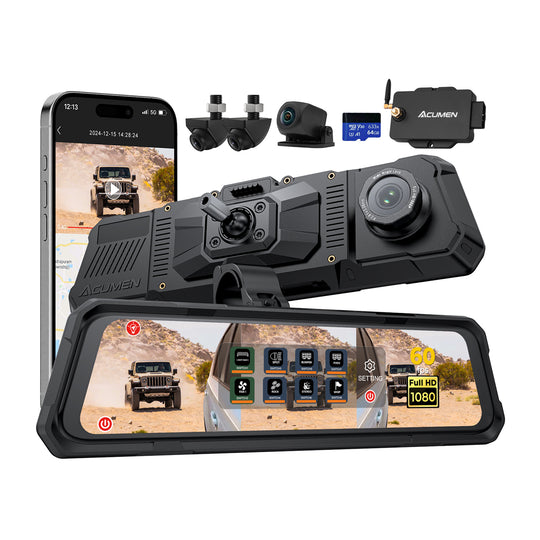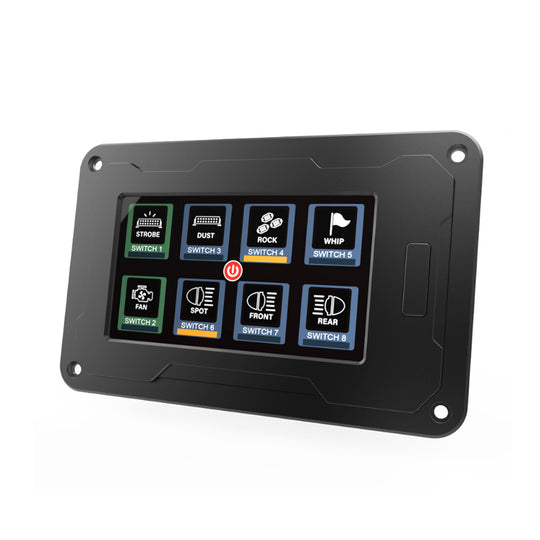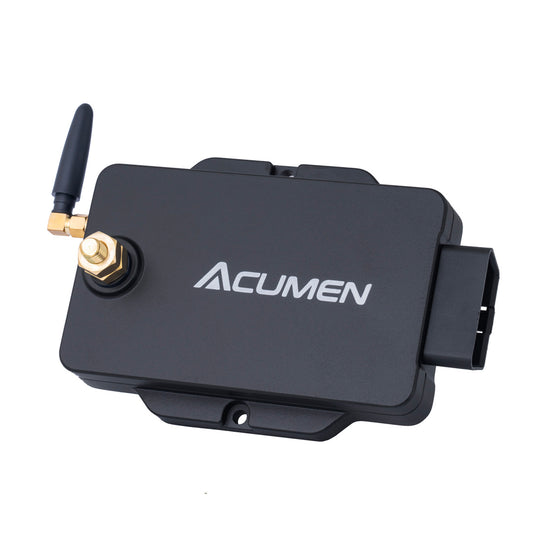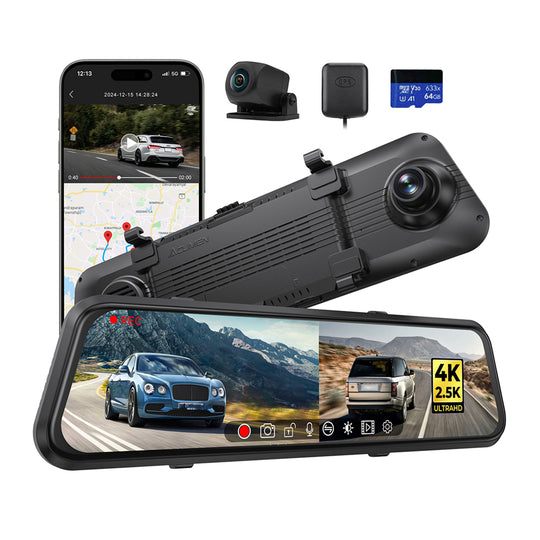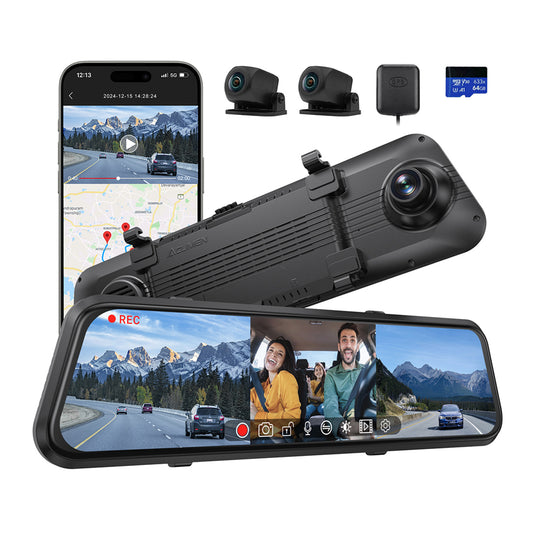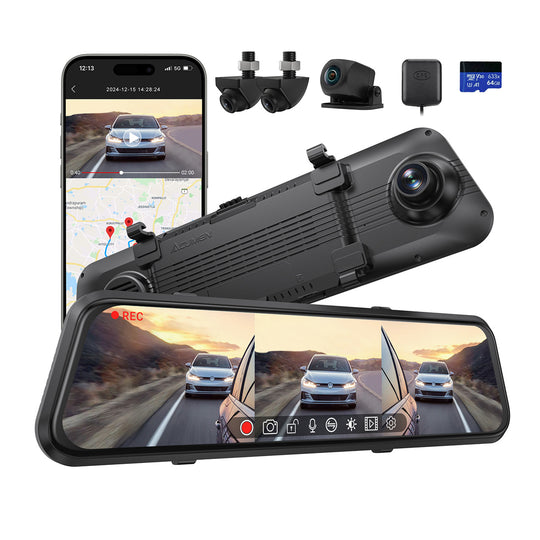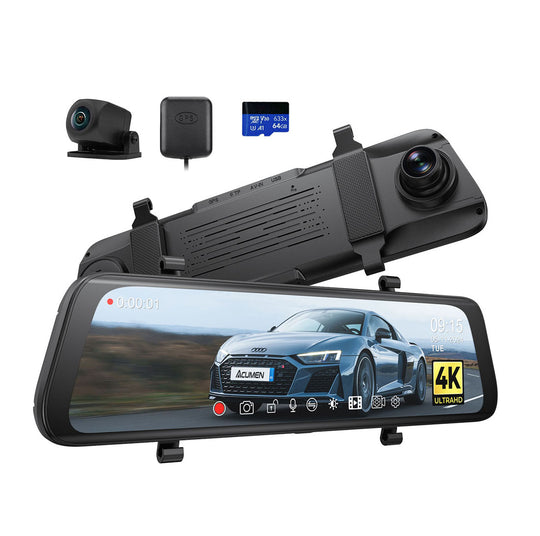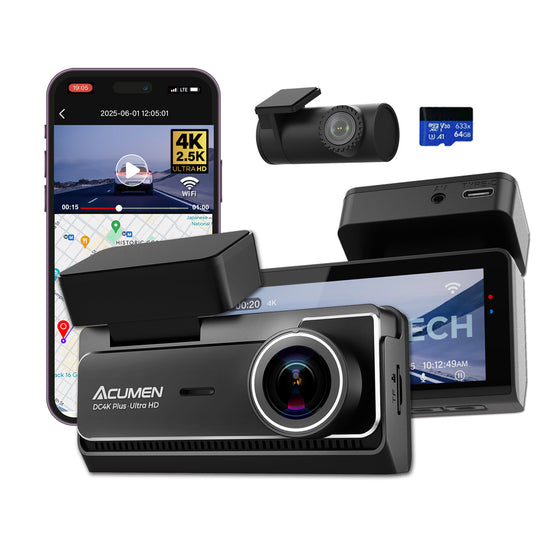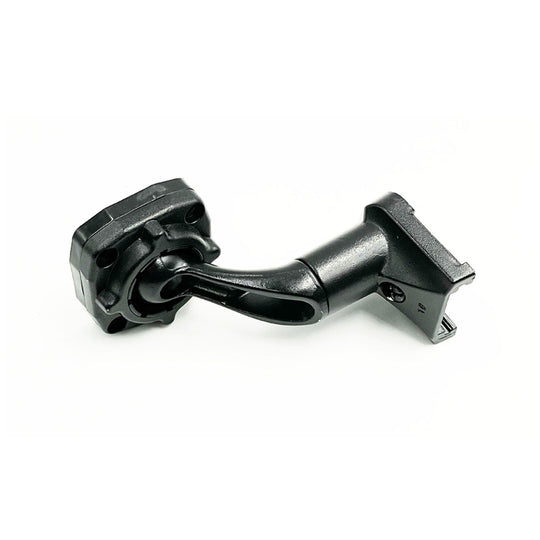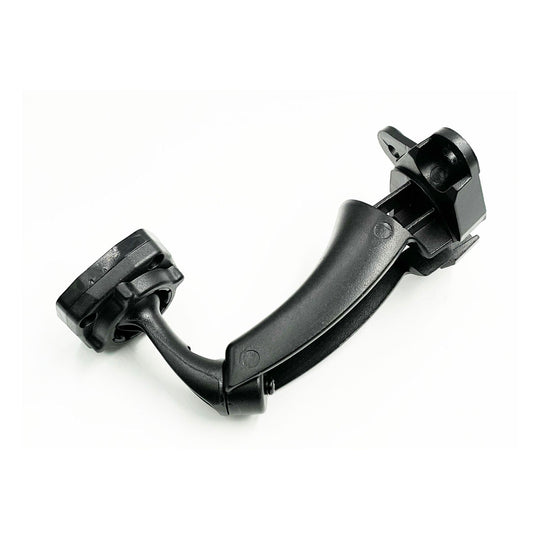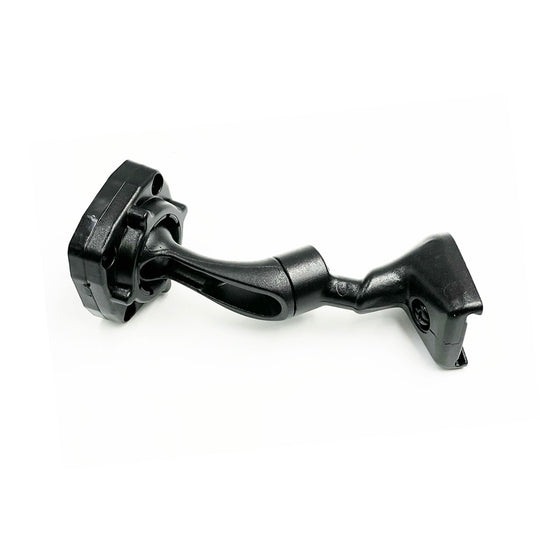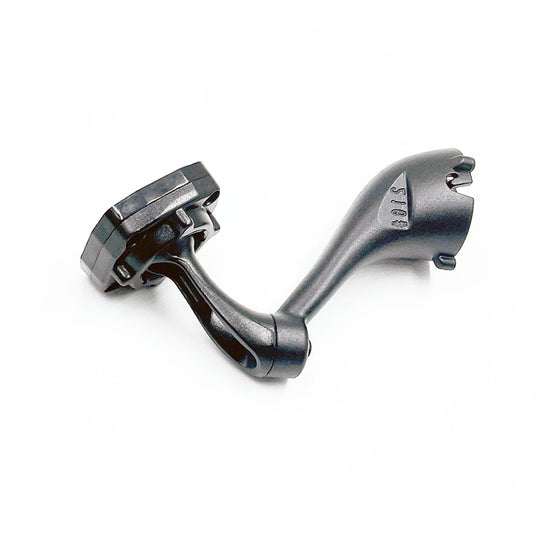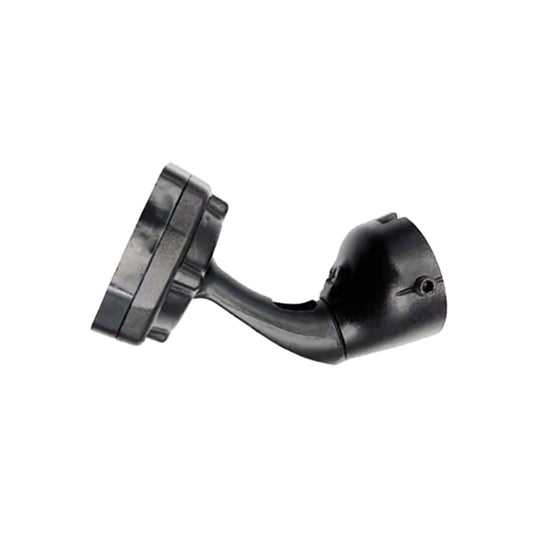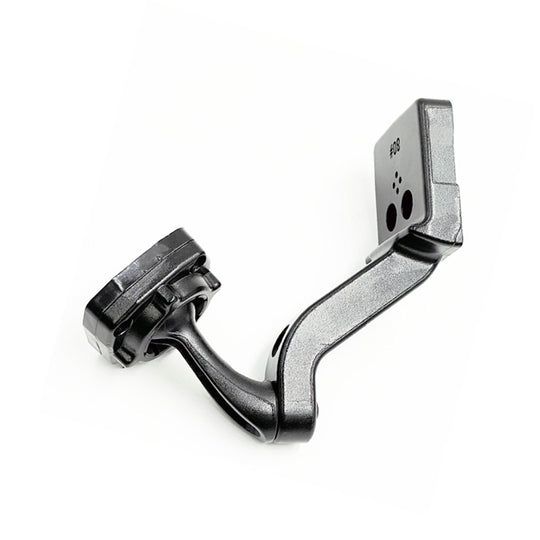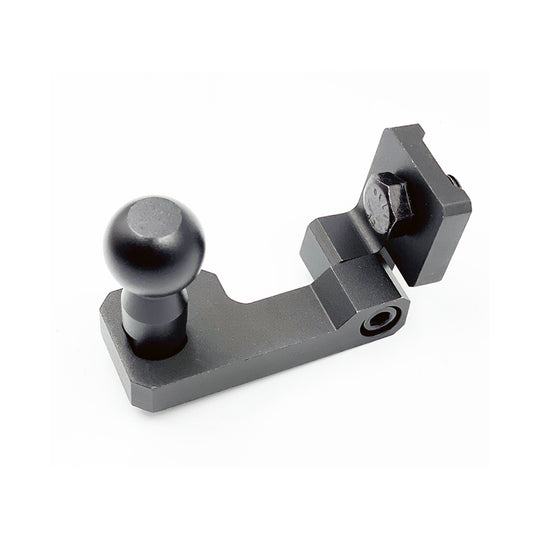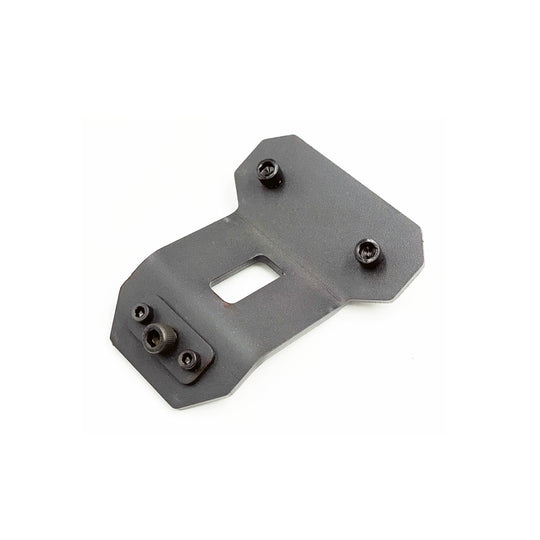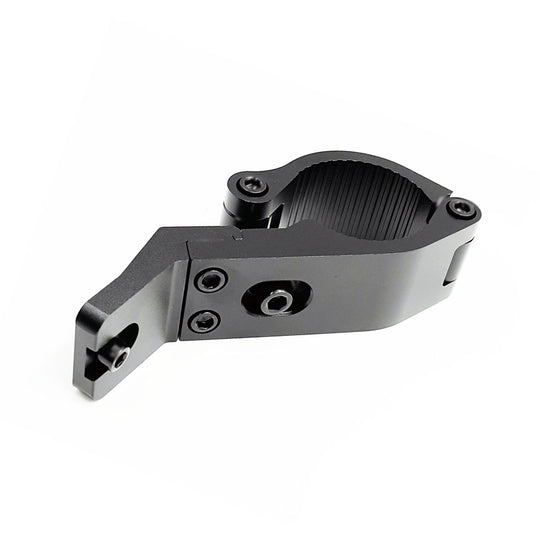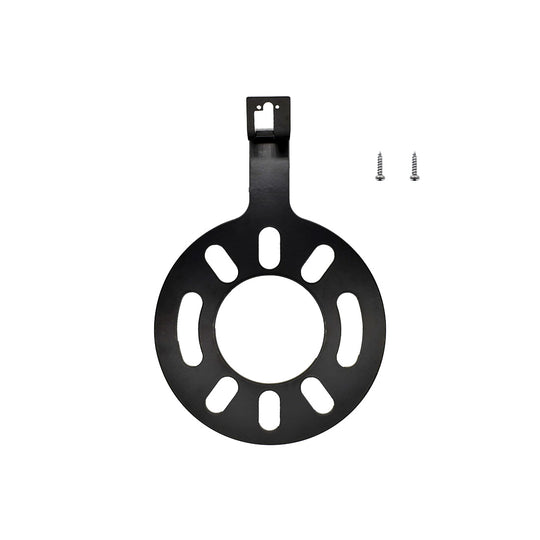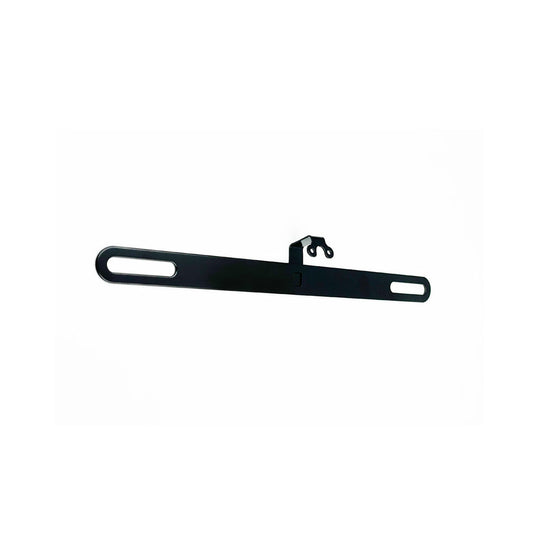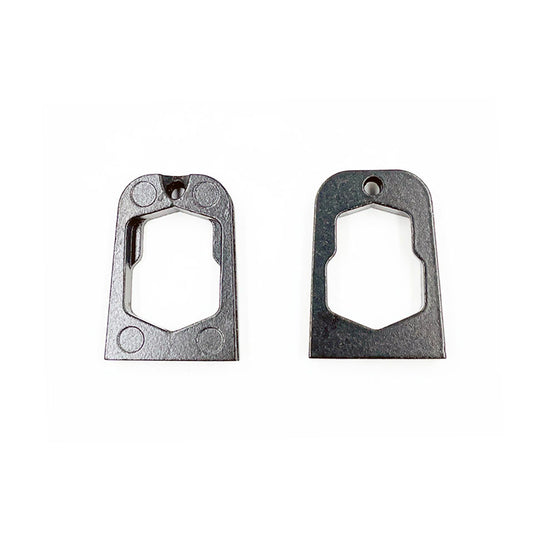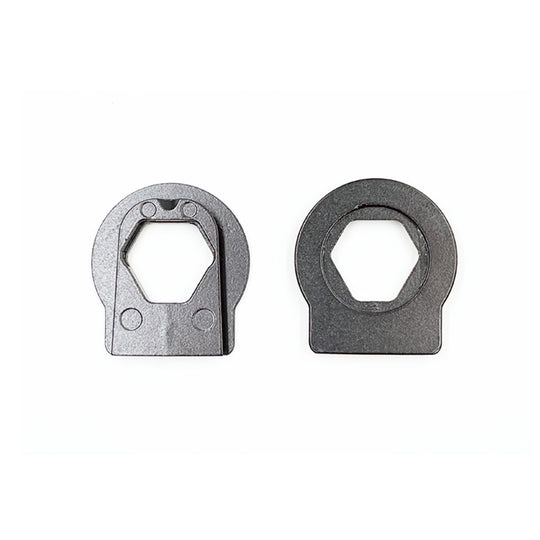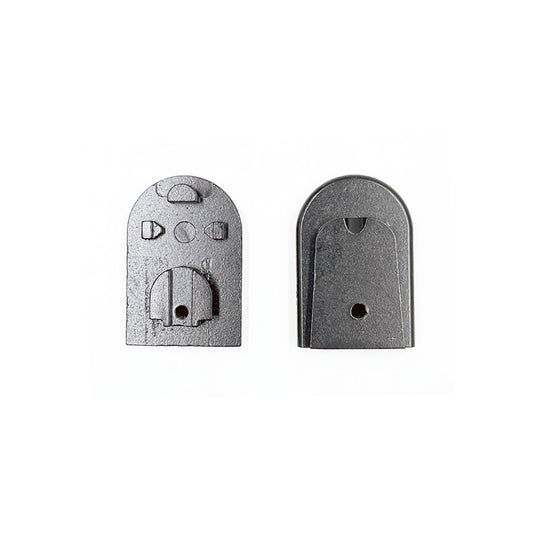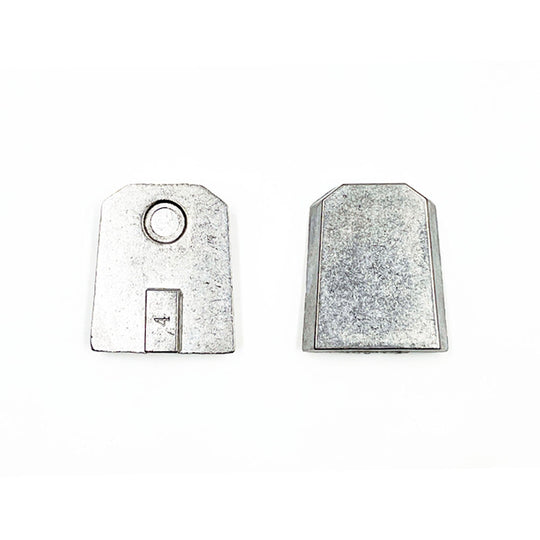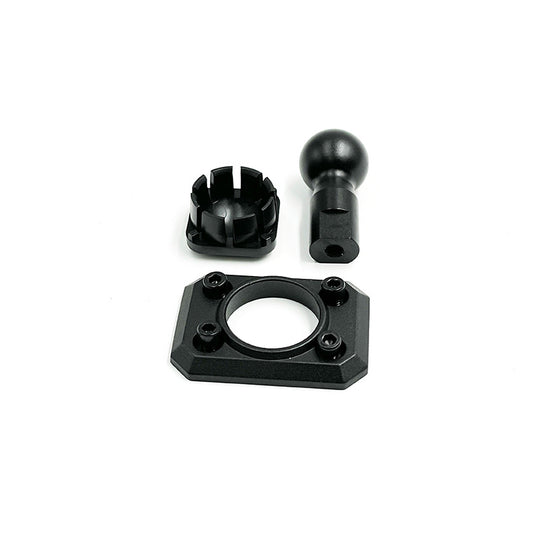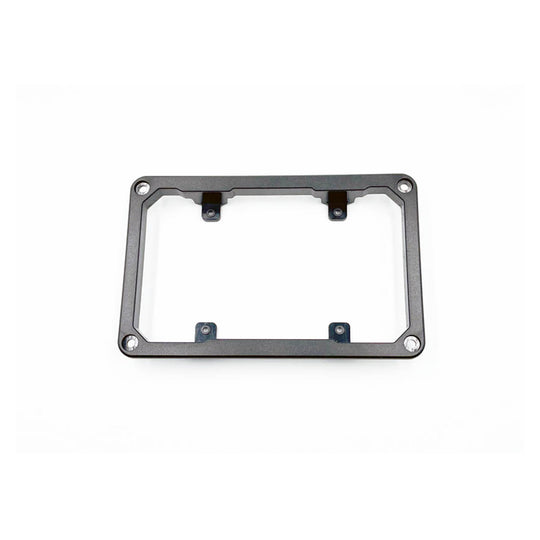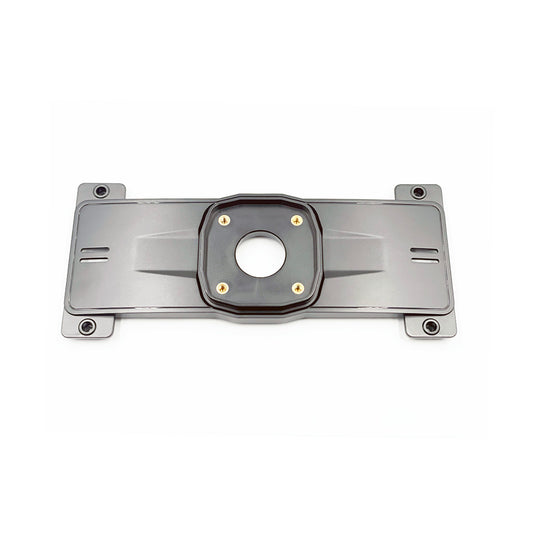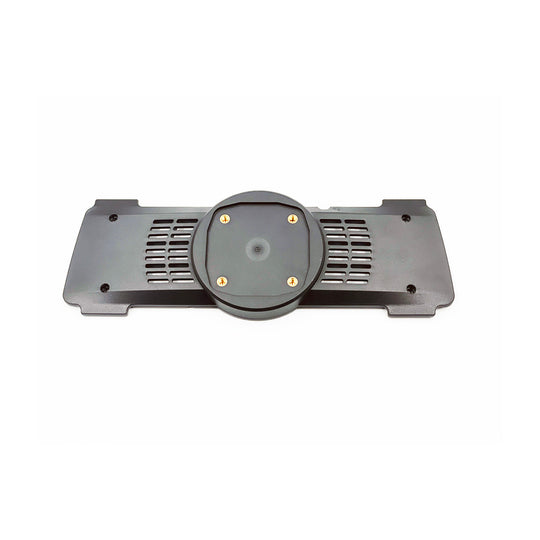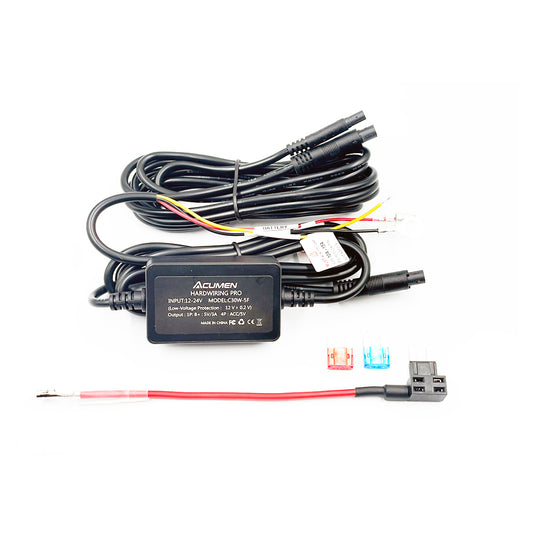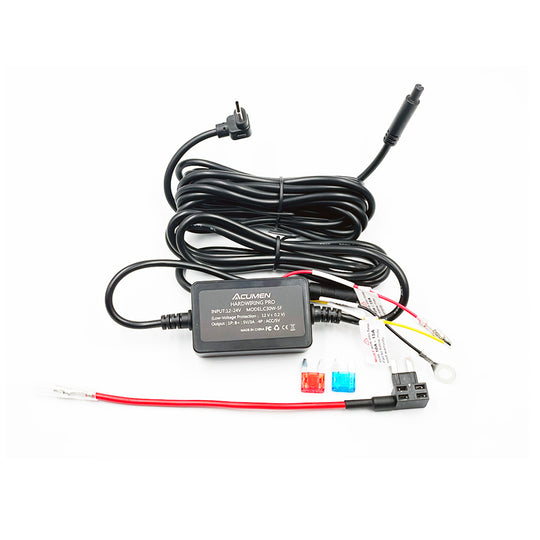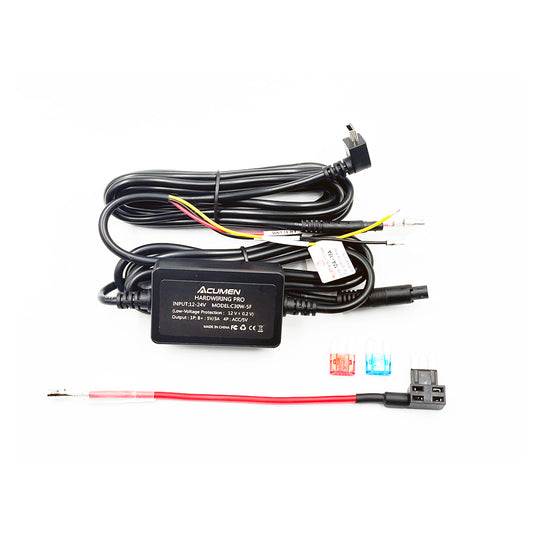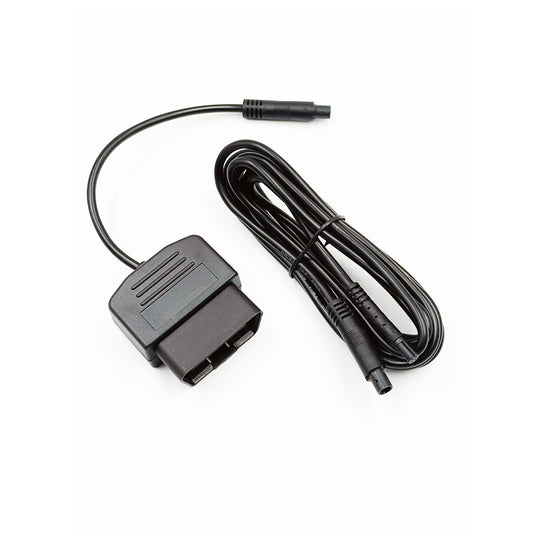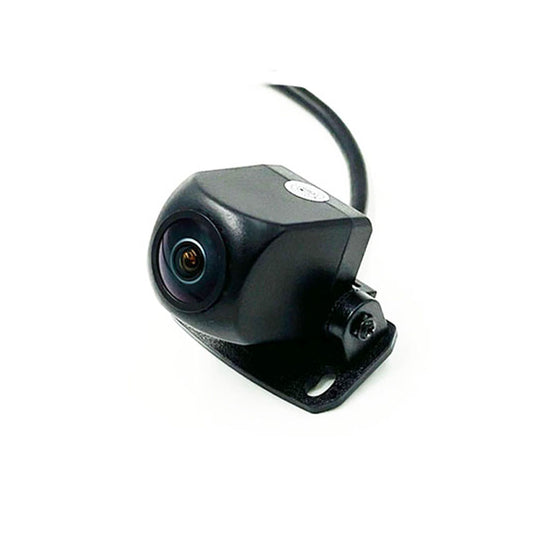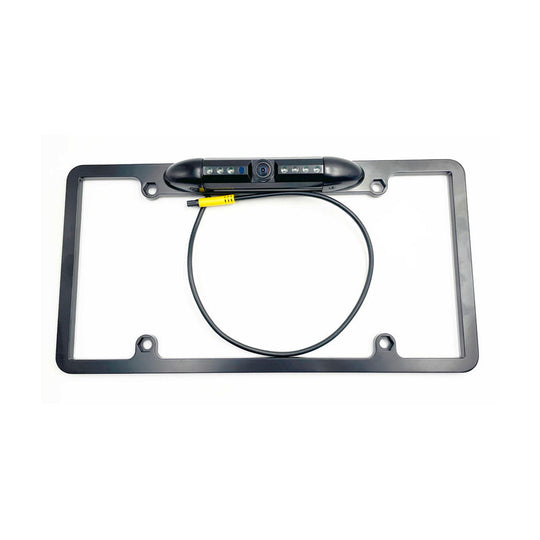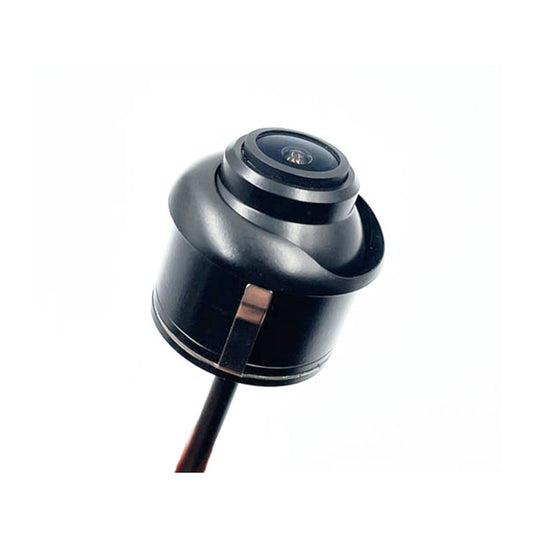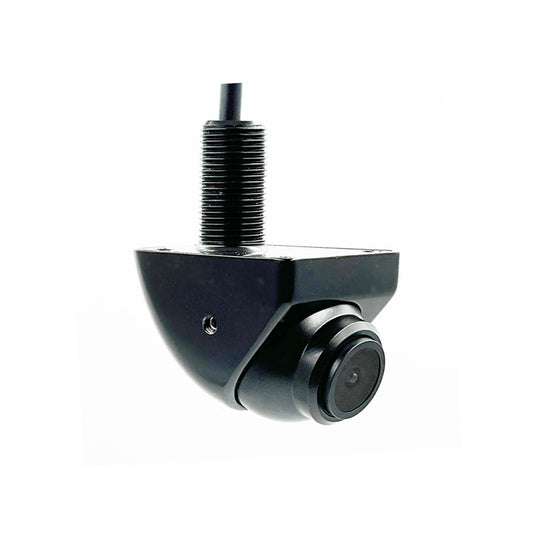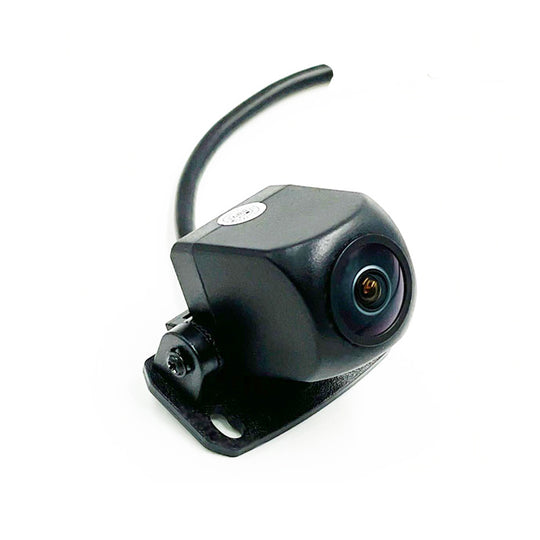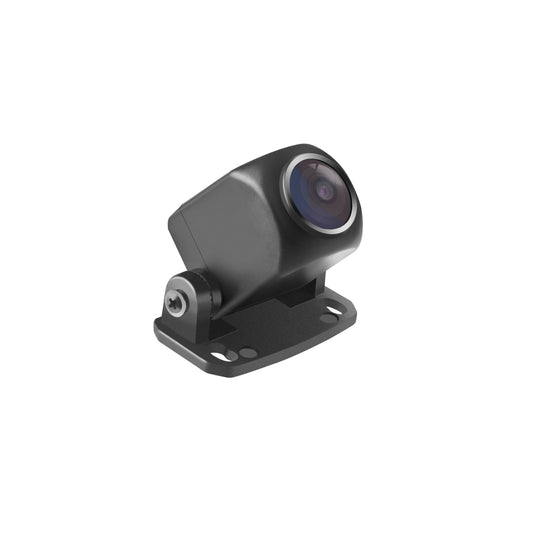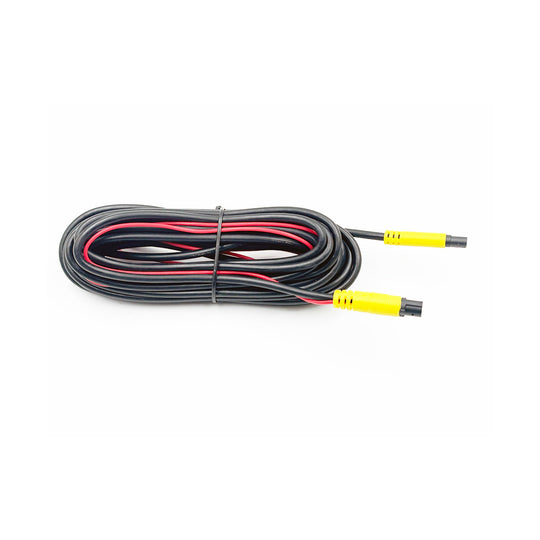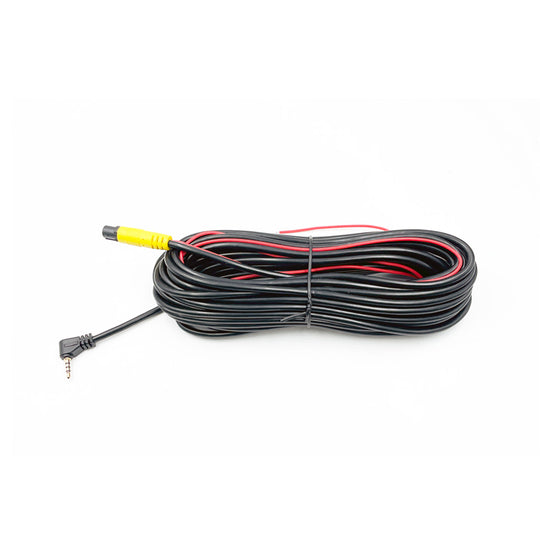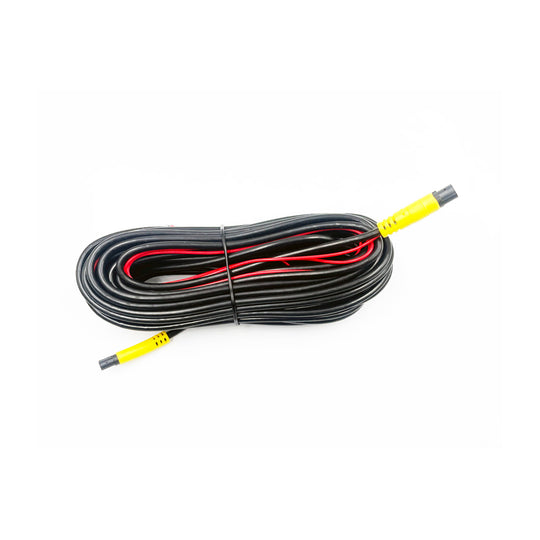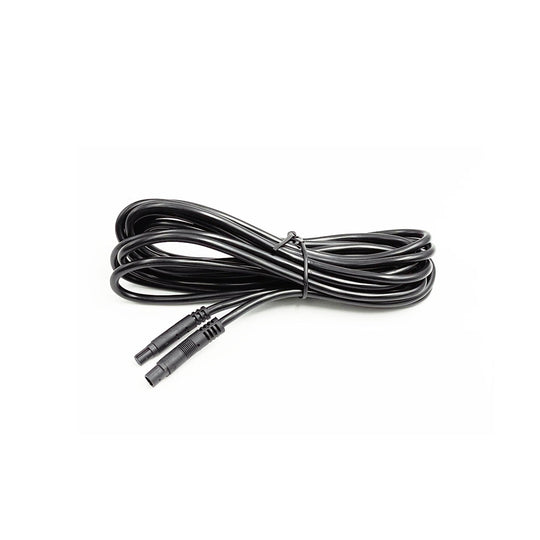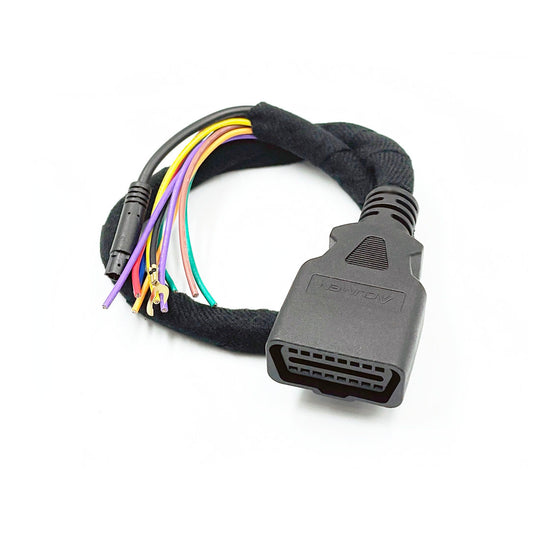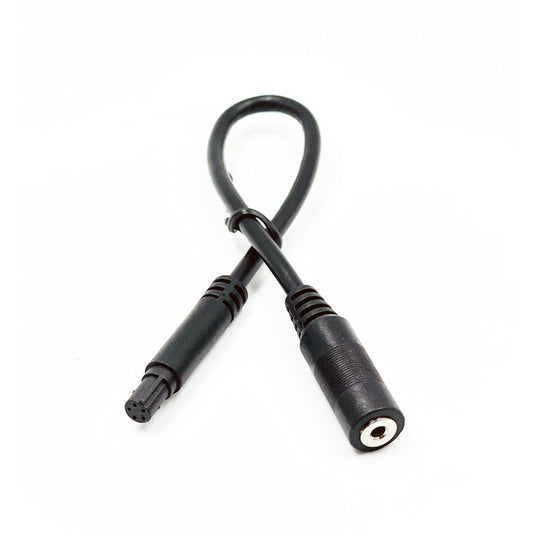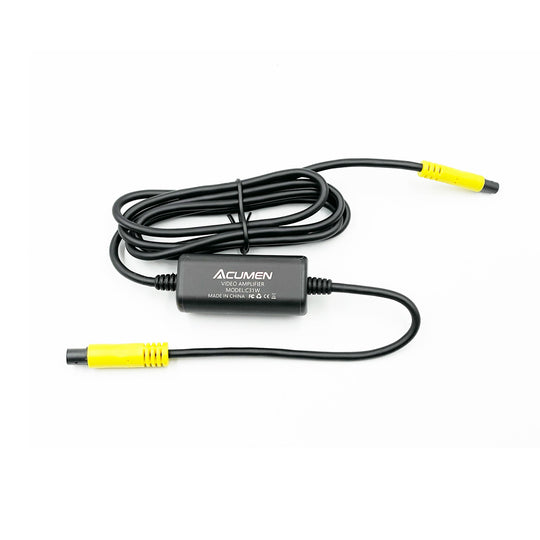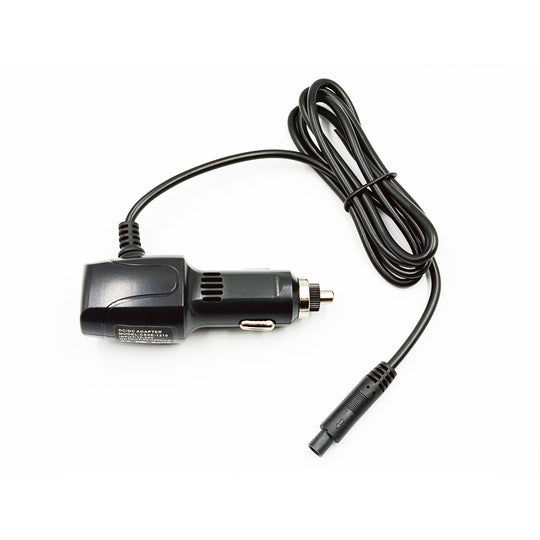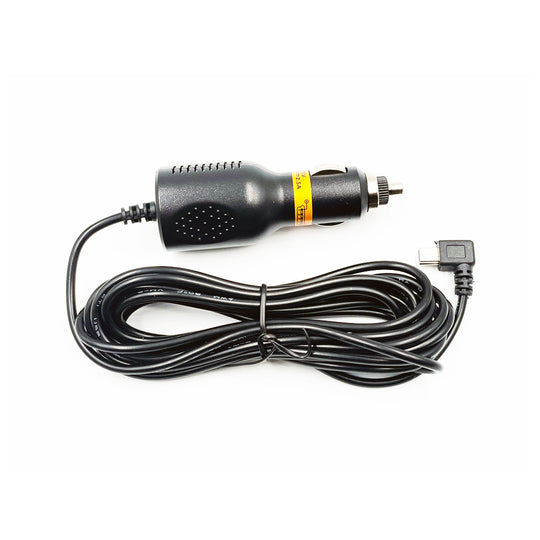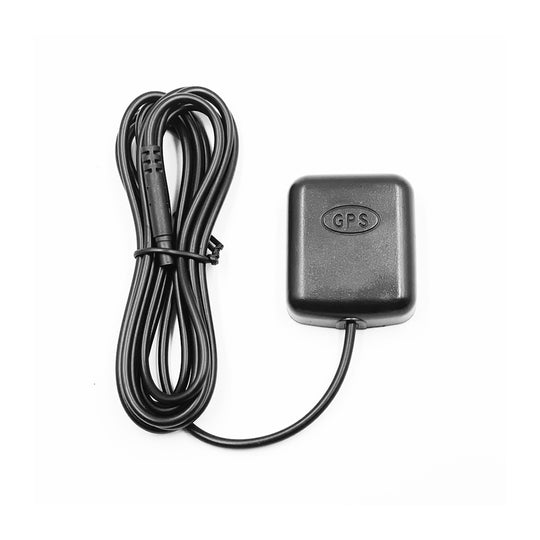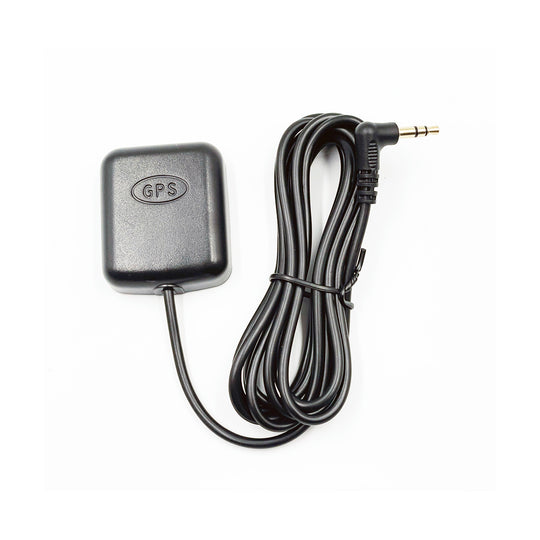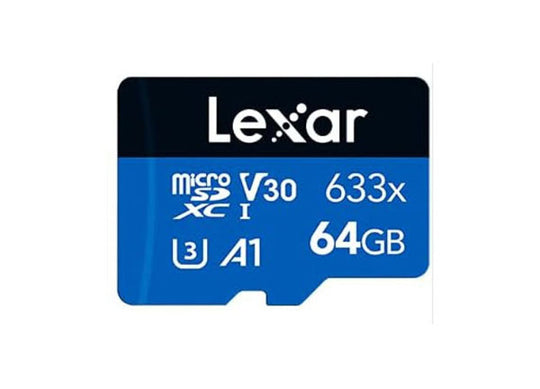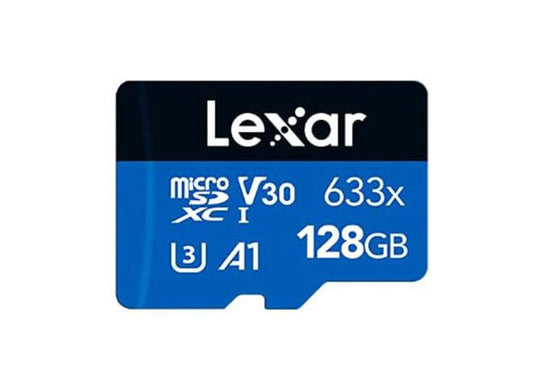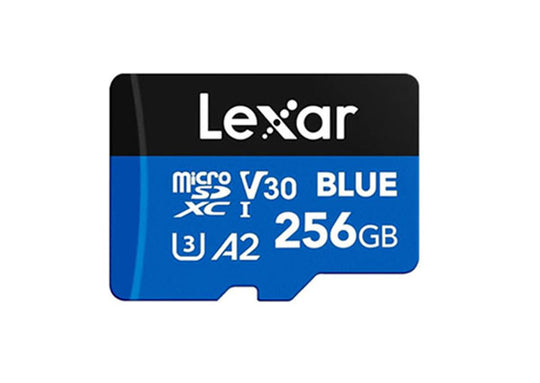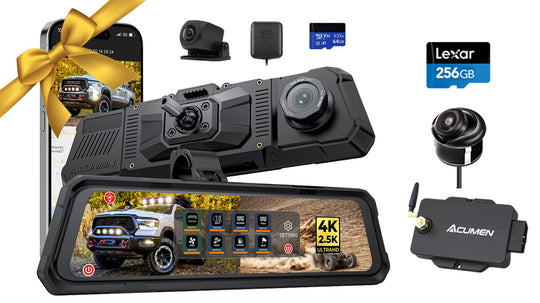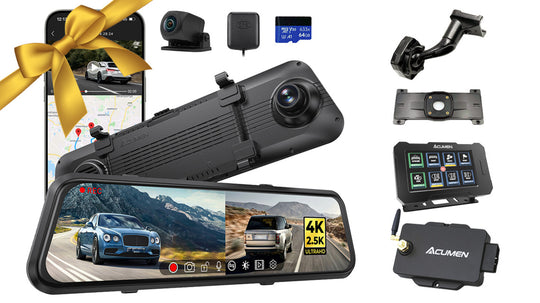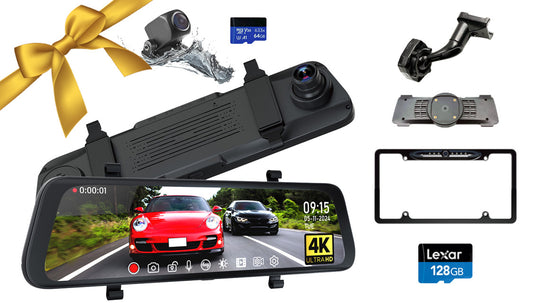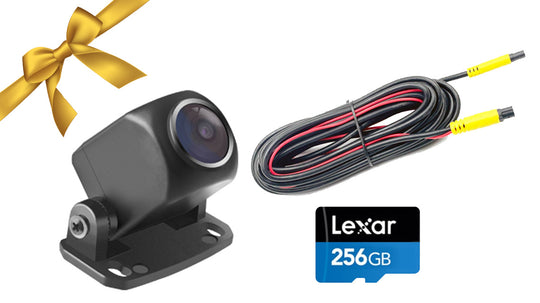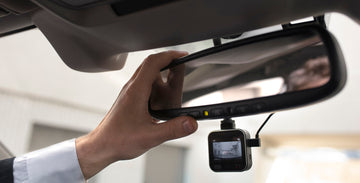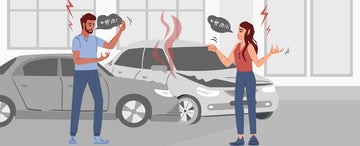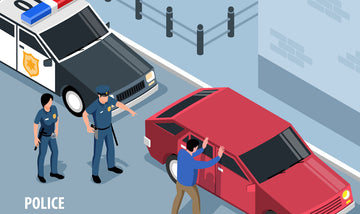Dash cams have become an essential tool for drivers, helping document road trips, monitor parked vehicles, and most importantly, provide evidence in case of accidents or false claims. While there are no federal laws governing dash cam usage, each U.S. state has its own rules regarding installation and recording. To ensure you’re using your dash cam legally, it's crucial to understand your state's specific regulations.
Legal Placement of a Dash Cam
Each state has different rules regarding where a dash cam can be mounted, primarily to ensure it doesn’t obstruct the driver’s view. For example, in California, dash cams can be installed in the following locations:
- A 7-inch square in the lower passenger-side corner of the windshield
- A 5-inch square in the lower driver-side corner
- A 5-inch square at the top center of the windshield
Other states, like Arizona, Illinois, and Maryland, have similar restrictions, limiting placement to specific areas of the windshield. Some states, such as Arkansas and Missouri, have more relaxed regulations, but it’s still best practice to install your dash cam in a spot that doesn’t interfere with your line of sight—such as behind the rearview mirror or on the dashboard.
For commercial vehicles, the rules can be stricter. In some states, a dash cam used for driver monitoring must be positioned no more than two inches below the upper edge of the windshield wipers' sweep area and must not obstruct the driver’s view of road signs or traffic signals.
Laws on Audio Recording
If your dash cam records audio, be aware that states have different consent laws regarding in-car conversations.
- One-party consent states: In states like New York and Texas, only one person (you) needs to be aware of the recording.
- Two-party (or all-party) consent states: In places like California and Florida, everyone in the vehicle must be informed and give permission before being recorded.
If your dash cam has an in-cabin recording feature, it’s a good idea to display a notice in a visible location informing passengers that audio may be recorded.
Why Acumen Digital Rearview Mirror Dash Cams Stand Out
Acumen’s digital rearview mirror dash cams, such as the ACUMEN M4 4K Rear View Mirror Camera, are designed with these legal considerations in mind. Unlike traditional windshield-mounted dash cams, our digital rearview mirror dash cams replace your factory rearview mirror, ensuring zero obstruction to your windshield view—helping you stay compliant with state laws while enjoying premium dash cam features.
For those needing comprehensive coverage, Acumen’s dash cam front and rear systems provide high-resolution recording for both the front and rear of your vehicle, ensuring that every angle is covered in case of an accident.
Final Thoughts
Before installing a dash cam, check your state’s regulations to ensure compliance with mounting and recording laws. With Acumen’s smart dash cam solutions, you can drive with confidence, knowing you have a legally mounted, high-quality dash cam to protect you on the road.
Check the product:https://acumen-camera.com/products/m4-mirror-dash-cam-2ch
© 2025 Acumen. All rights reserved.

